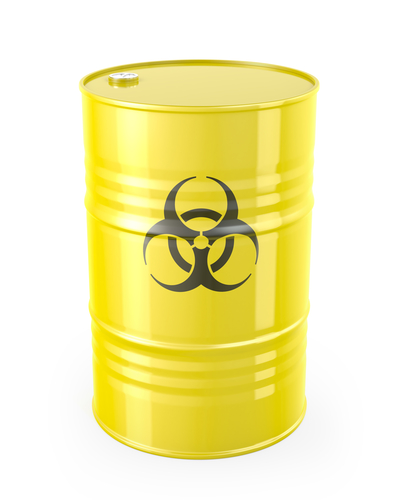Biohazardous waste removal is naturally a bit more expensive than traditional garbage disposal, and there are some relatively apparent reasons for this. Death, suicide and blood clean up, among other services offered by Bio & Trauma Scene Cleanup, all involve more steps and significantly more care required than normal disposal.
What are the steps that go into the collection and disposal of biohazardous waste? Let’s take a look.
Identification
The first step during any kinda of trauma or blood-related situation is to identify the type of waste on hand. A very general list of questions that will be asked at the beginning of such a situation:
- Was the item used to store blood?
- Is the item saturated with blood, or dripping with blood?
- Could the item cause infection?
- Did the item come from a contaminated location?
- Did the item come from a surgical procedure?
If the answer to even a single one of these questions is yes, the waste will be put into a red biohazard bag – with the exception being if the sample contains anything that might be capable of puncturing the bag. In this case, the waste will go into a sharps container.
Storage
After a red biohazard bag has been filled, it must be placed inside another transportation container before it can be moved. This is to comply with local and federal regulations, and to prevent any leakage or spillage of hazardous waste.
In most cases, the bio bag will be placed in a specialized cardboard box designed specifically to transport this kind of waste. Certain states will require that the waste be put into a specialized plastic tote.
Disposal
Technically, this is the easiest part. Once waste has been placed in the proper sealed containers, the only major factors to ensure are that haulers are trained for the proper transportation of waste, and that waste is transported in approved vehicles.
Want to learn more about the waste disposal process, or interested in any of our cleanup services? Speak to the experts at Bio & Trauma Scene Cleanup today.

